Sometimes, the wildest stories are written not in books, but in feathers and wings. Birds are living proof that flight’s journey began long before our eyes ever glimpsed a blue sky streaked with wings. Let’s wander through a gallery of remarkable birds, each one a living chapter in the breathtaking story of flight’s evolution.
The Archaeopteryx: Echoes of Ancient Skies
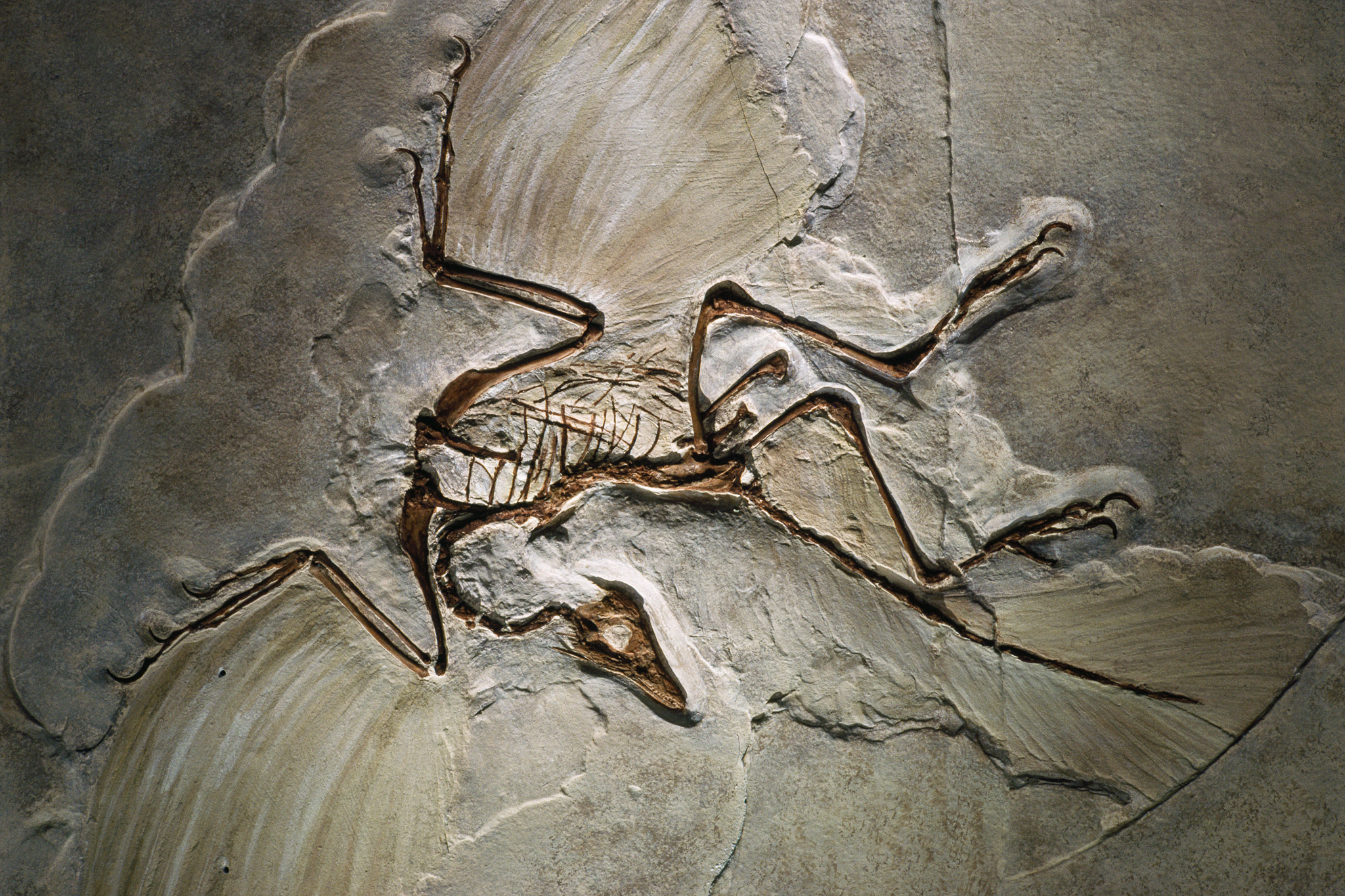
This fossilized marvel, discovered in Germany, flaunts both reptilian claws and delicate feathers. The Archaeopteryx bridges the gap between dinosaurs and modern birds, hinting at the first uncertain flutters that would one day conquer the sky.
The Secretarybird’s Deadly Stomp
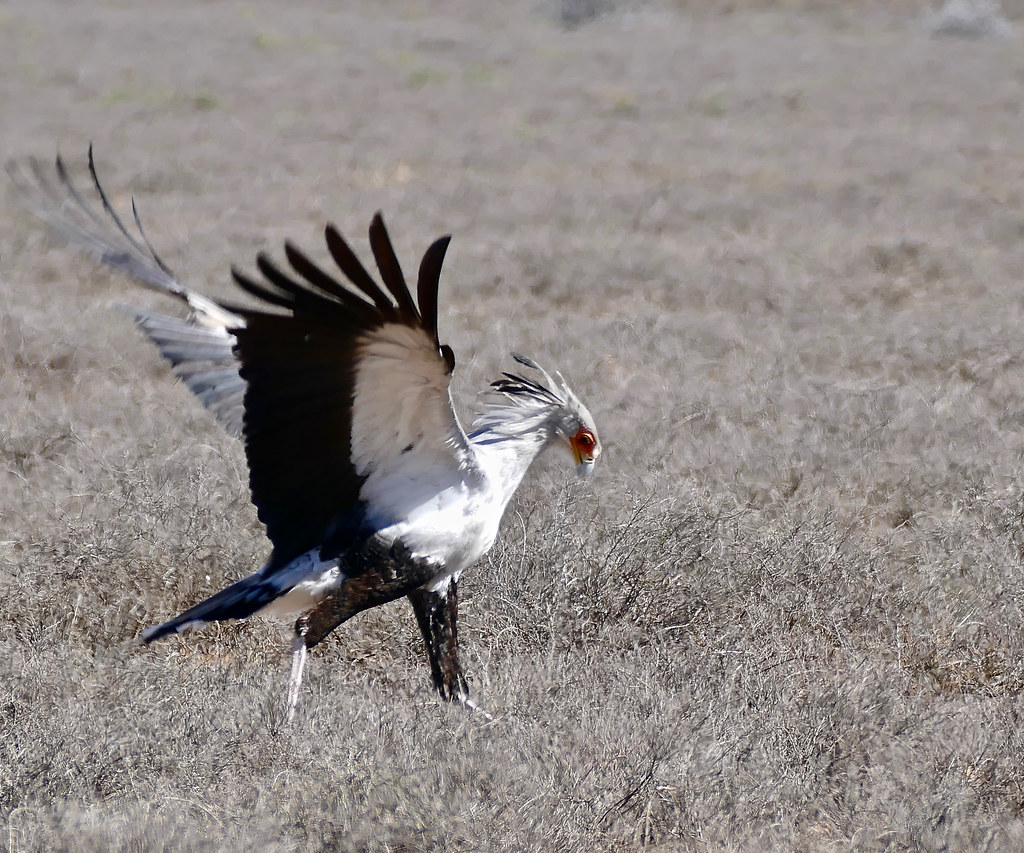
Standing tall in the African savanna, the Secretarybird is famous for its long legs and dramatic hunting style. With a rapid, stomping attack, it knocks out snakes and prey—a fierce, earthbound hunter with wings that recall flight’s earliest steps.
The Rainbow-bearded Thornbill
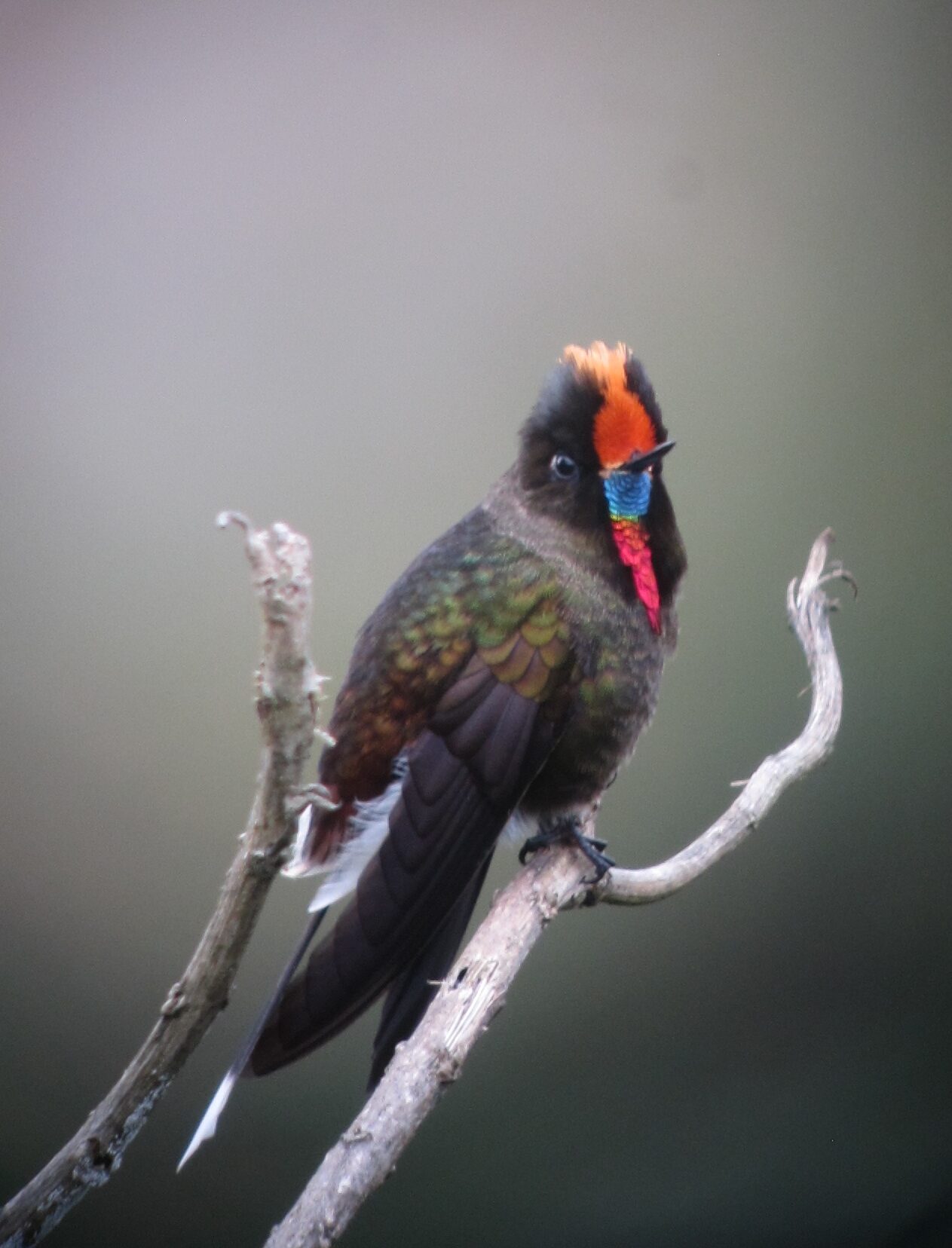
In South America’s cloud forests, hummingbirds dazzle with iridescent throats that shimmer like living jewels. Their wings beat up to 80 times per second, allowing them to hover and dart with dazzling precision—nature’s tiny helicopters.
The Shoebill’s Prehistoric Glare
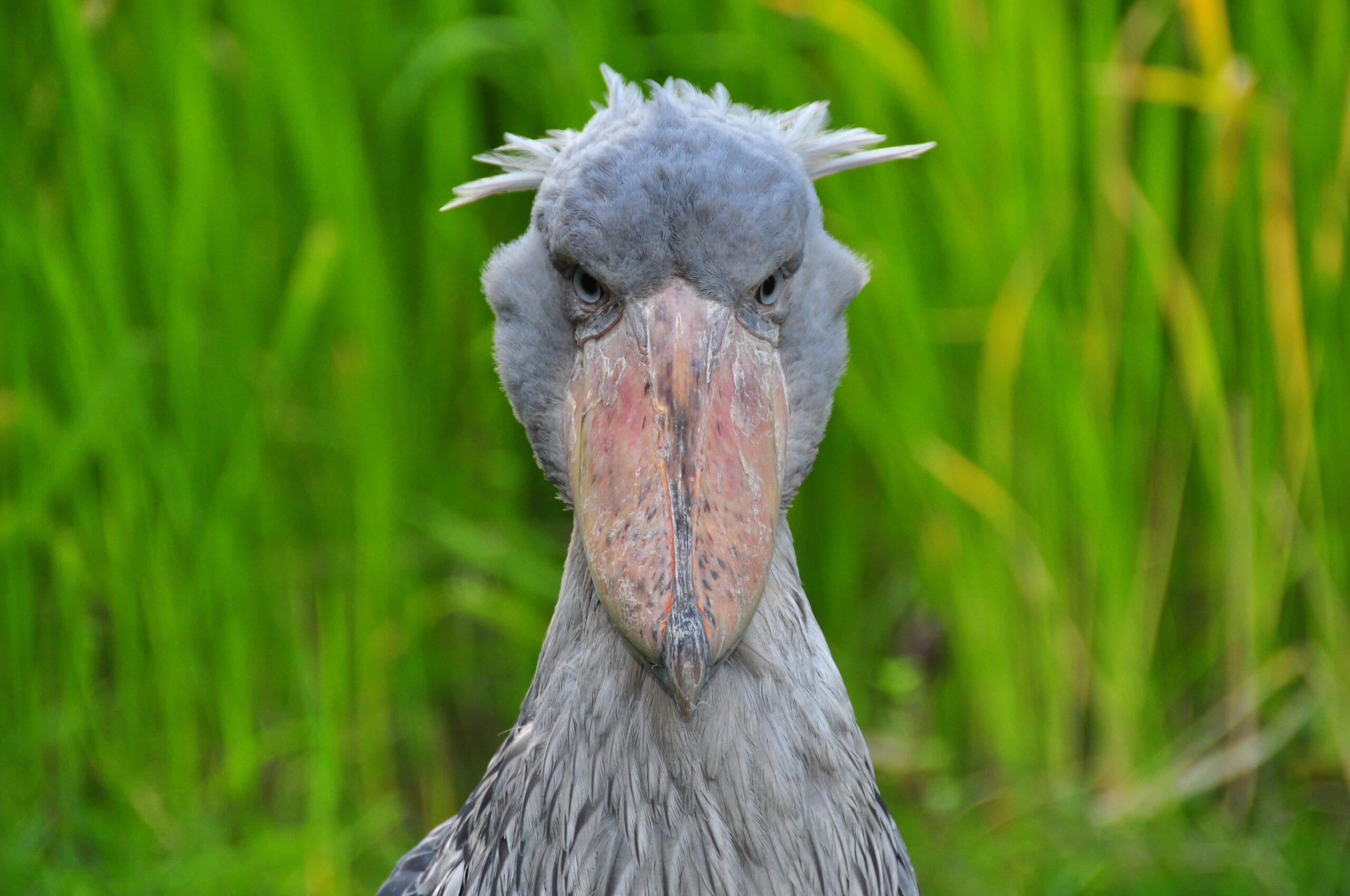
Native to African swamps, the Shoebill Stork’s massive beak and slow, stalking movements look straight out of the dinosaur age. Watching one, you almost expect it to roar—proof that ancient features still prowl through today’s wetlands.
The Resplendent Quetzal’s Emerald Plumes
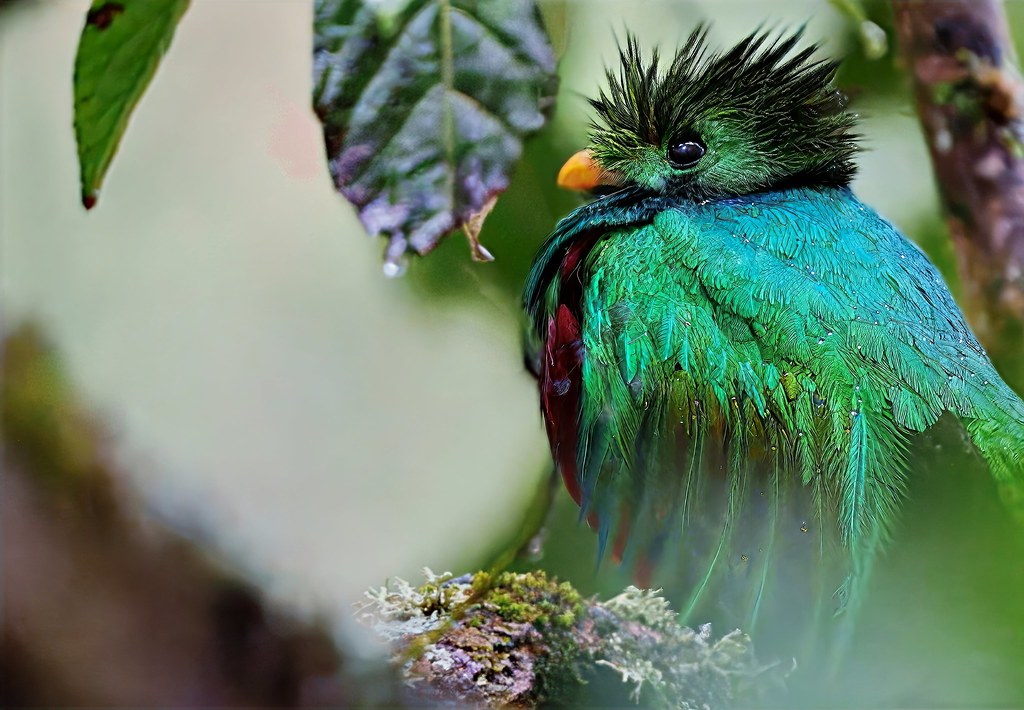
High in the cloud forests of Central America, the Quetzal’s brilliant green feathers and streaming tail have inspired legends. Once sacred to the Maya and Aztecs, this bird’s colors shimmer in the mist, a living treasure of flight’s artistry.
The Snowy Owl’s Arctic Camouflage
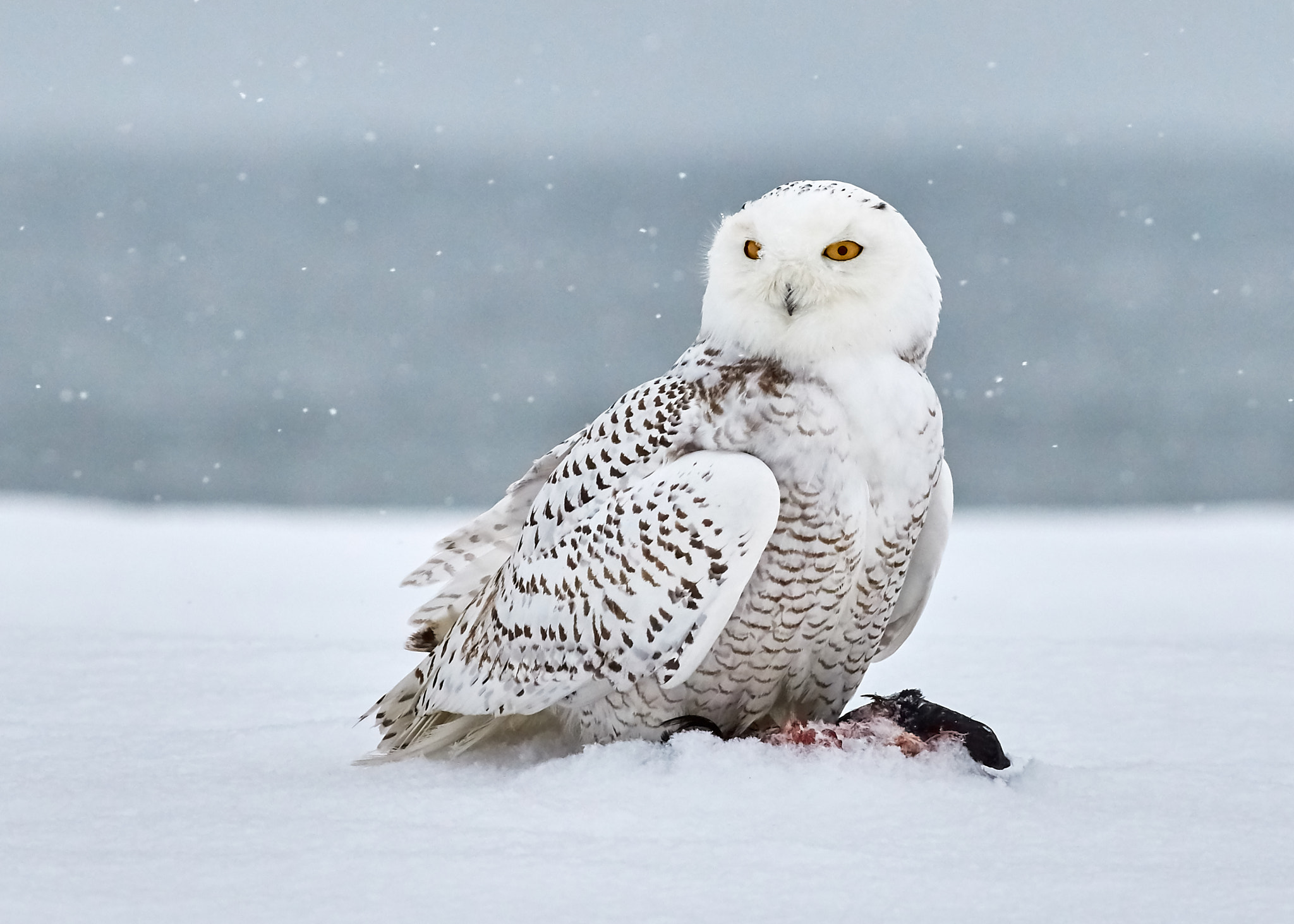
With pure white plumage, the Snowy Owl is a master of winter disguise across the tundras of the far north. Its silent flight lets it hunt unseen over snowy landscapes—a ghostly reminder of how feathers adapt to harshest cold.
The Lyrebird’s Masterful Mimicry
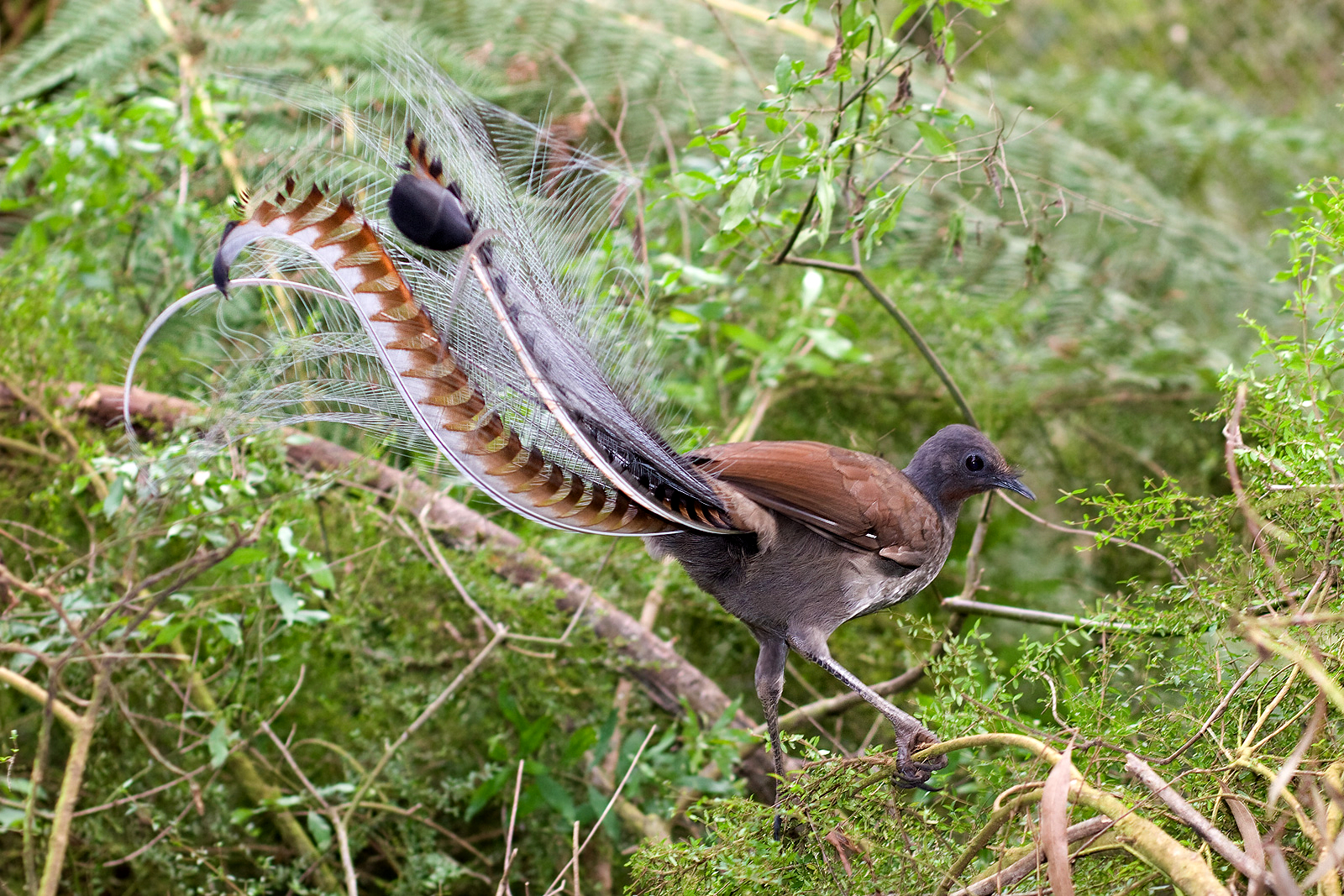
In Australia’s forests, the Superb Lyrebird weaves a symphony of sounds, mimicking chainsaws, camera shutters, and rival birds. Its elegant tail fans in a display that echoes ancient courtship rituals—evolution’s song and dance.
The Atlantic Puffin’s Colorful Bill
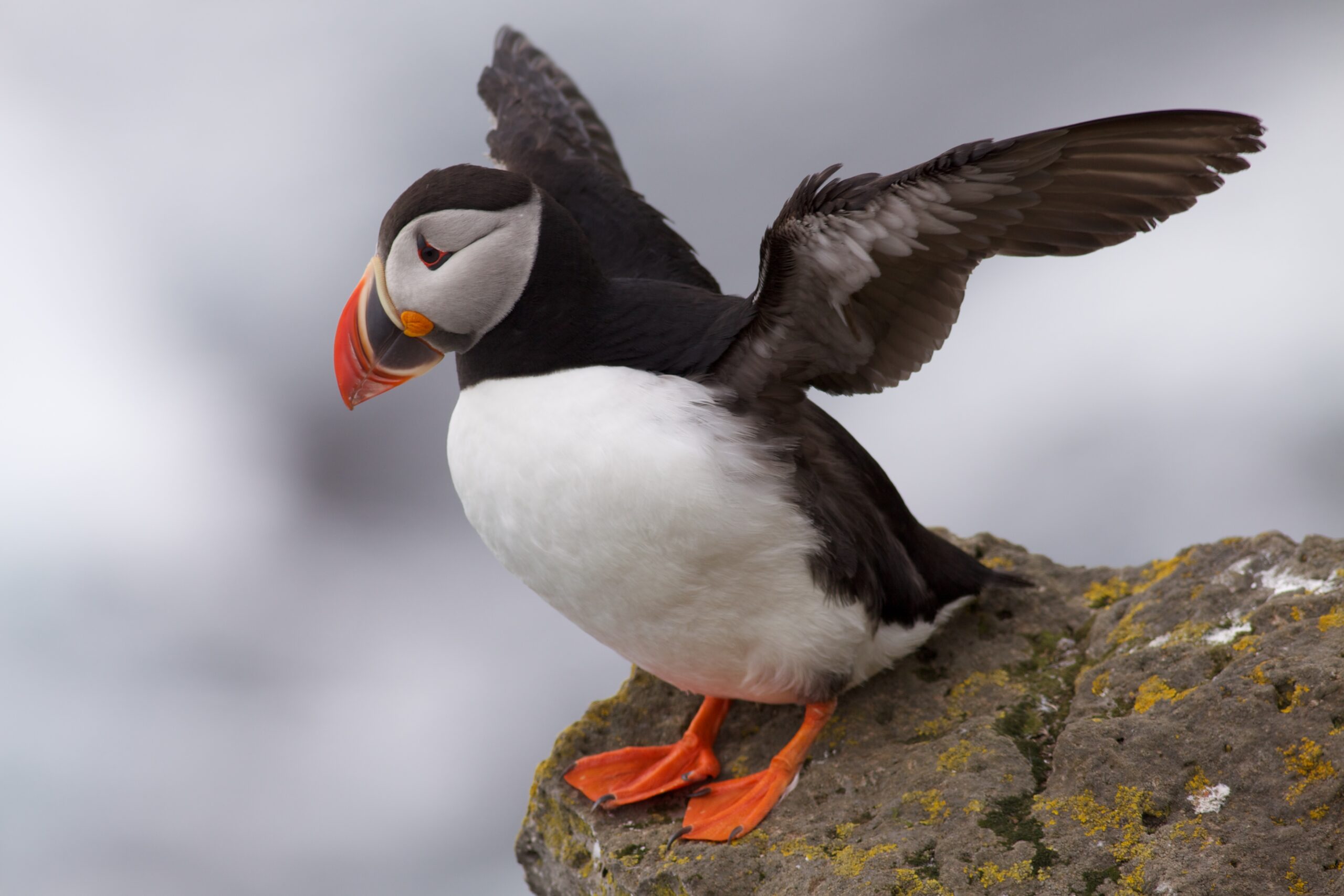
Each spring, puffins return to northern cliffs, their rainbow bills glowing during breeding season. These “clowns of the sea” plunge into icy waves, diving deep for fish, then return with comical grace to their cliffside burrows.
The Andean Condor’s Soaring Majesty
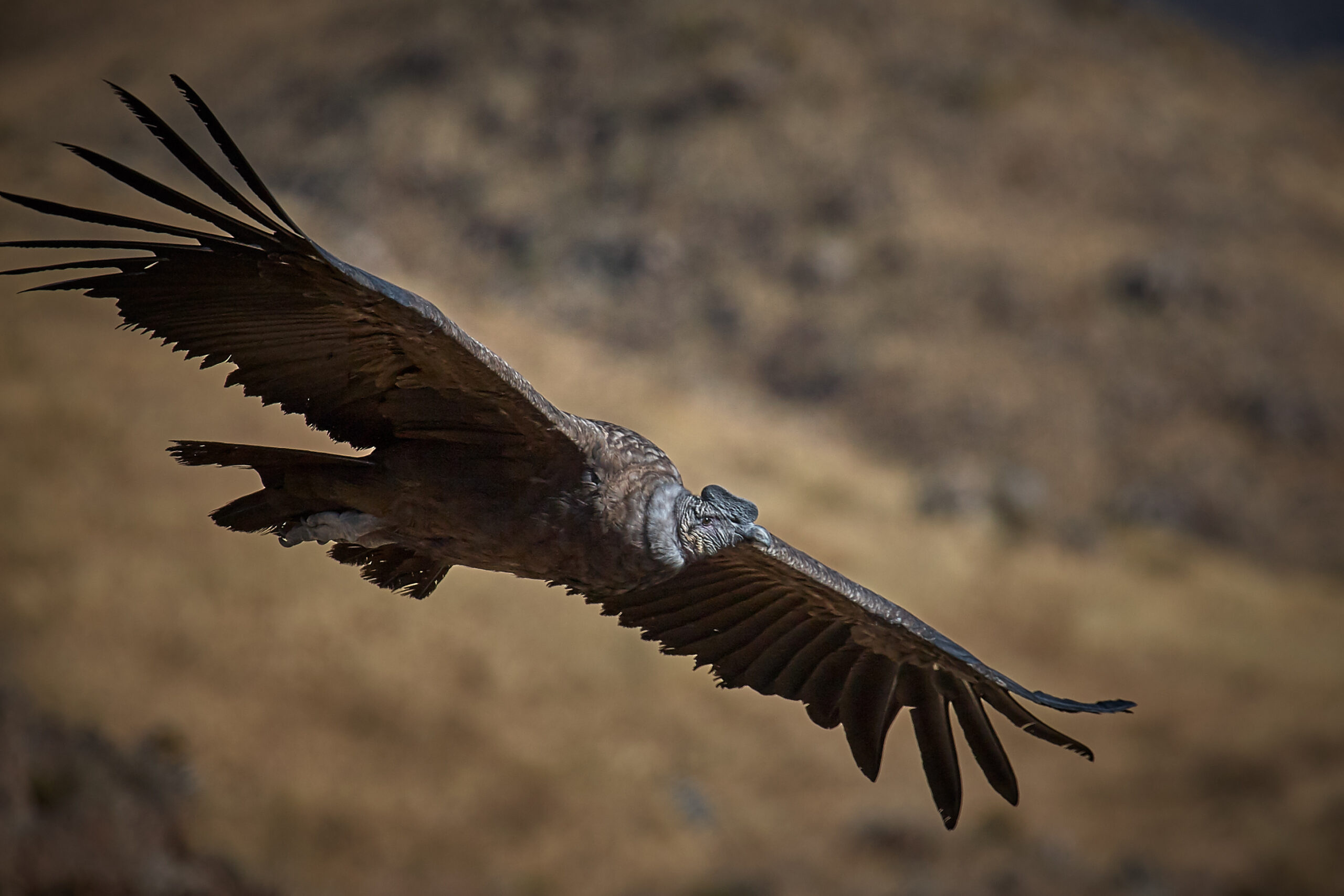
Gliding over the Andes, the Condor rides wind currents for hours without flapping. With the largest wingspan of any land bird, it’s a master of effortless flight, echoing a time when wings first unfurled to chase the sun.
The Kakapo’s Unlikely Survival
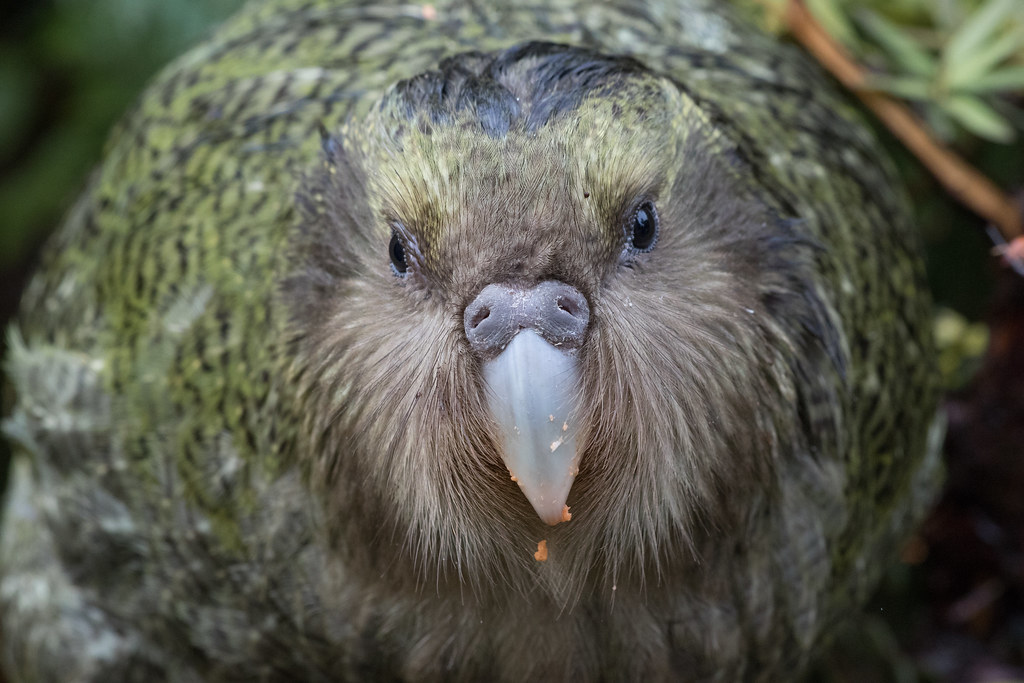
New Zealand’s flightless Kakapo is a nocturnal parrot covered in mossy green feathers. Though it can’t fly, it climbs and glides from trees, a quirky survivor from when birds first experimented with flight—or left it behind.
The American Woodcock’s Sky Dance
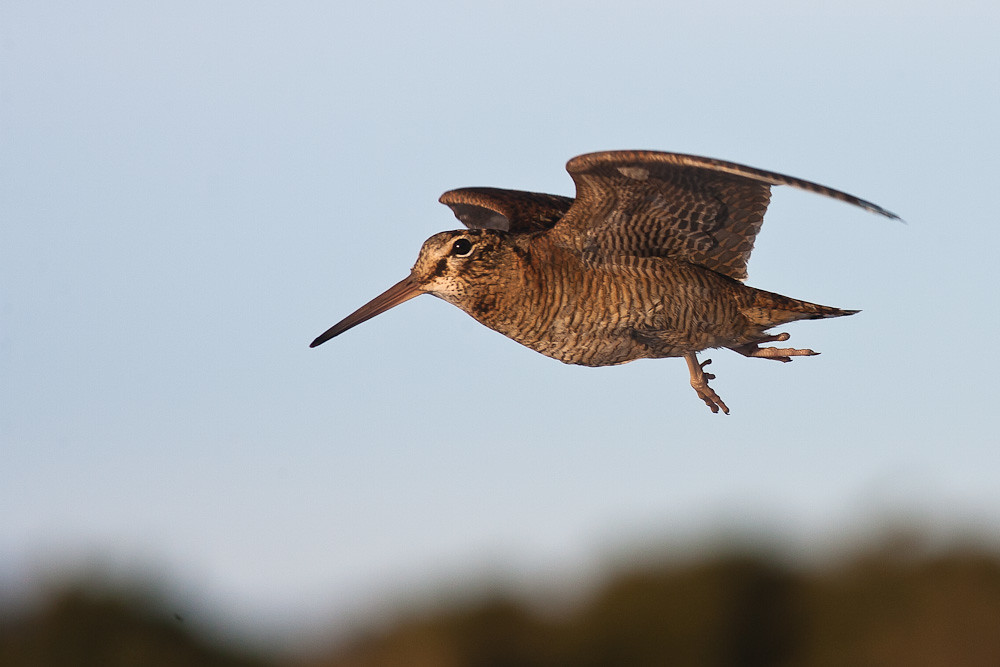
At dusk in North America’s forests, the male Woodcock spirals high, then tumbles earthward in a whistling, twittering display. Each spring, this sky dance reveals both ancient instincts and the creative power of evolution.
The Kingfisher’s Flashing Dive
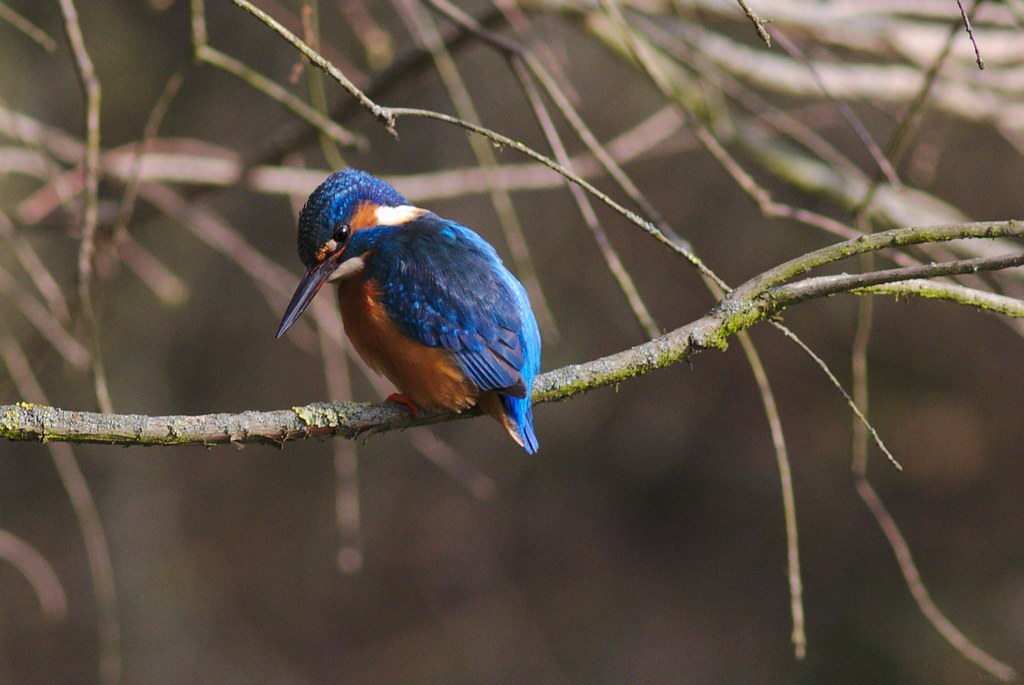
Near riverbanks worldwide, kingfishers perch with electric-blue feathers flashing in the sun. They plunge headfirst into water, wings tucked, snatching fish with split-second timing—a masterclass in adaptation for both speed and precision.
The Great Hornbill’s Echoing Flight
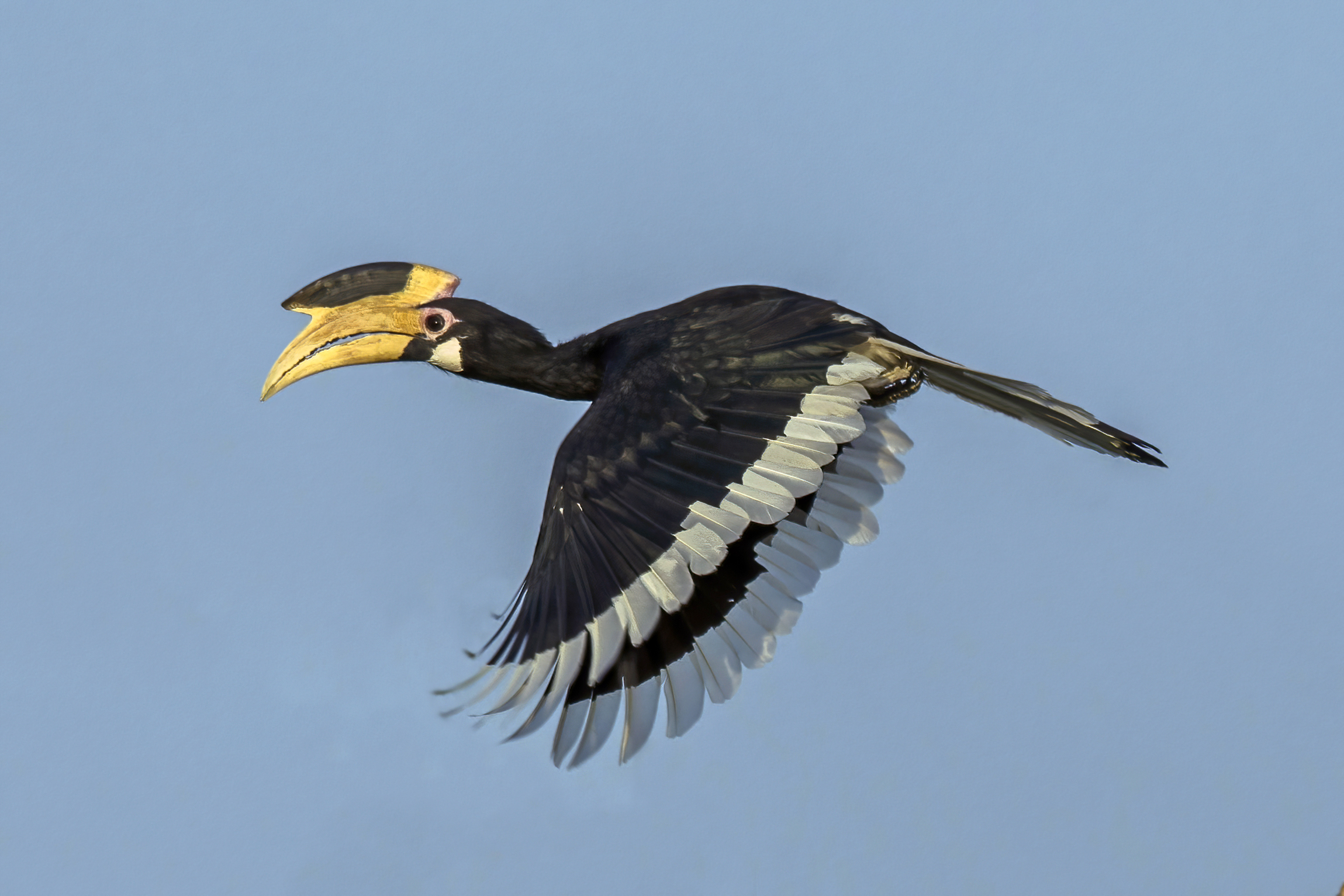
In the rainforests of Southeast Asia, Great Hornbills glide between trees with heavy, whooshing wingbeats. Their oversized beaks and dramatic casque are as striking as their calls, echoing through the canopy and across time.
The Flamingo’s Pink Parade
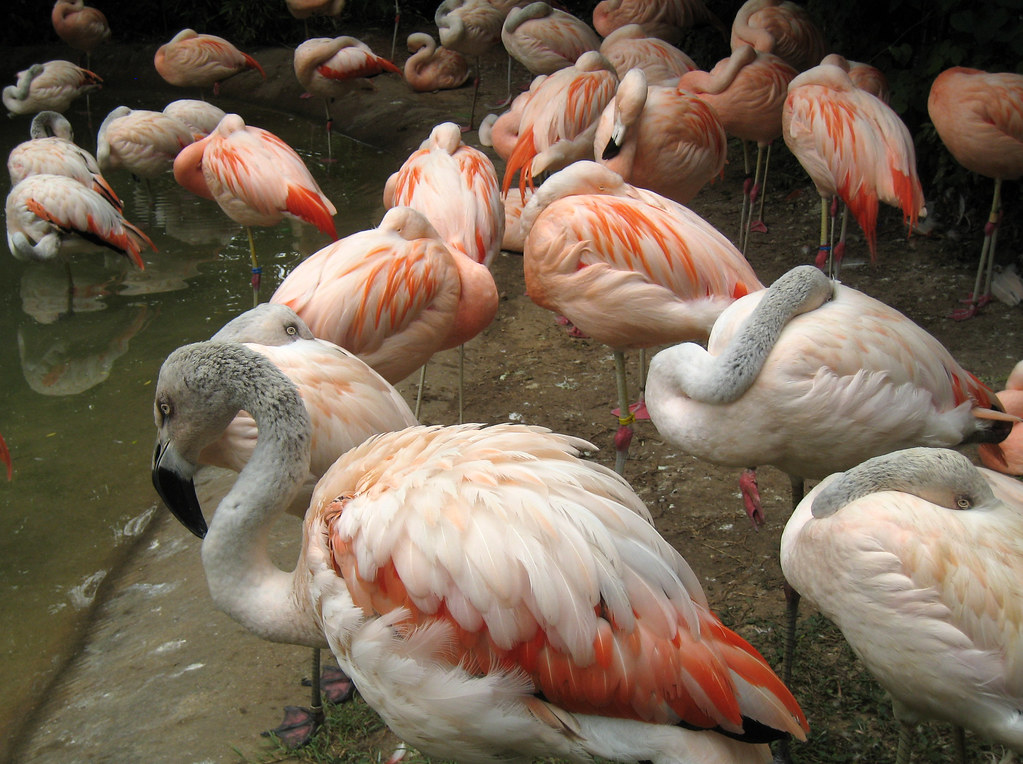
Flamingos gather by the thousands on salty African lakes, their pink feathers a result of their briny diet. As they take flight in synchronized waves, the flock becomes a living ribbon of color above the water.
The Hoatzin’s Clawed Chicks
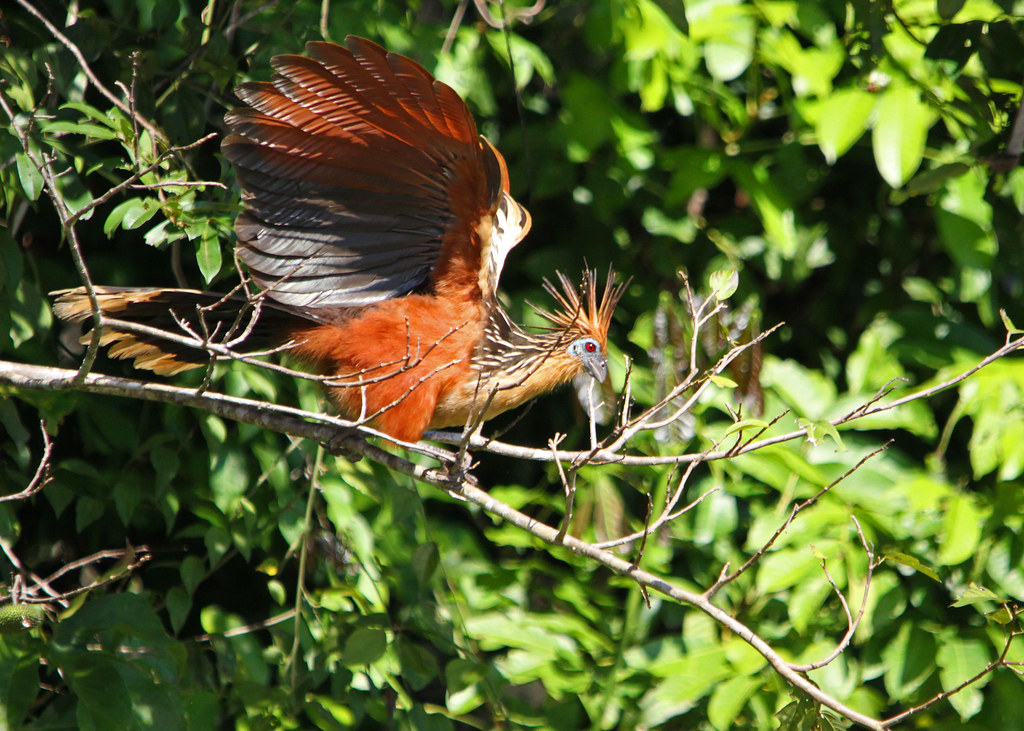
Young Hoatzins in Amazonian swamps sport claws on their wings, helping them clamber through branches before they can truly fly. This rare trait offers a living glimpse into how flight might have first evolved from climbing ancestors.
The Emperor Penguin’s Underwater Flight
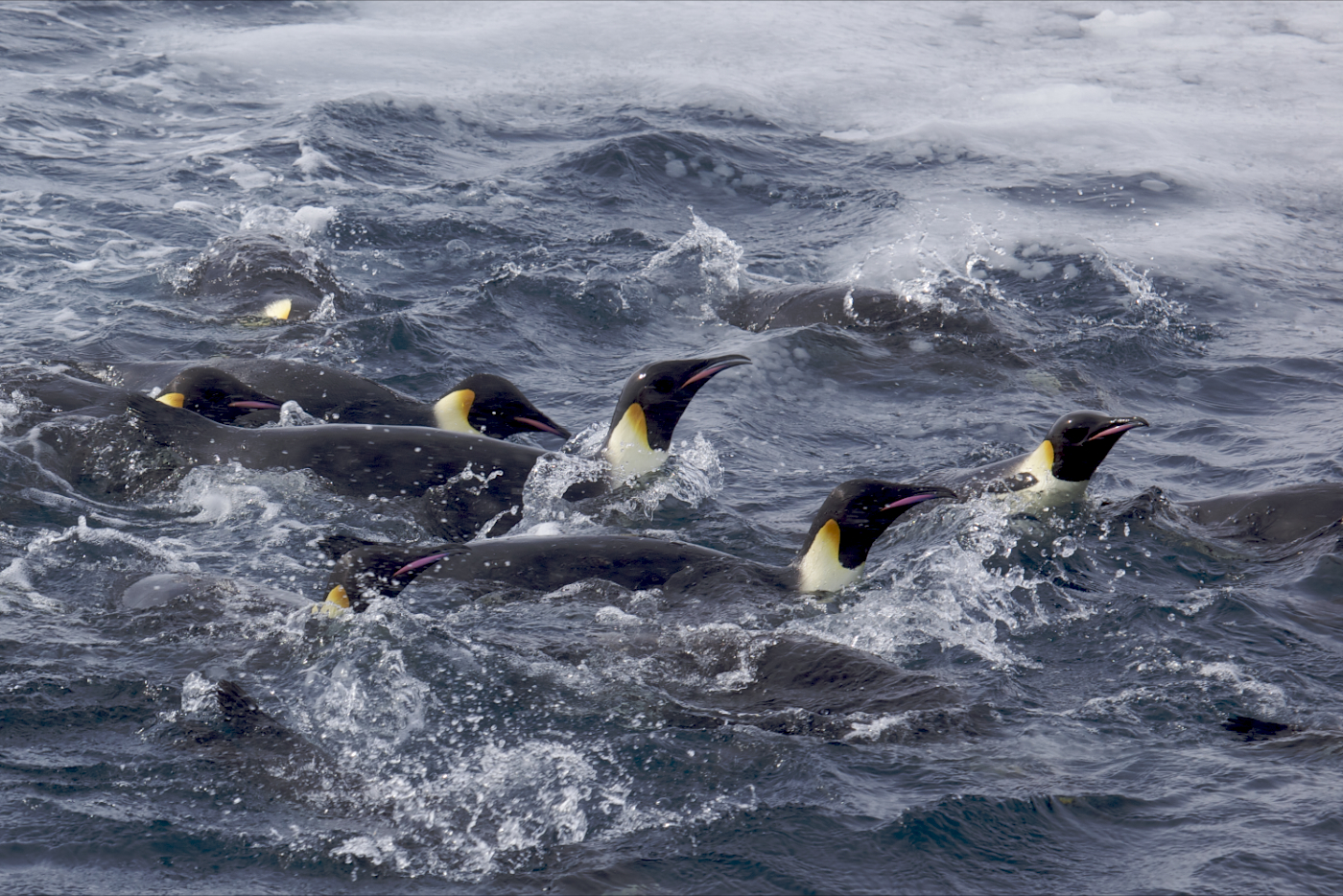
In the frozen Antarctic, Emperor Penguins “fly” underwater, using powerful flippers to chase fish beneath the ice. Their sleek, torpedo bodies show how wings adapted for flight can redefine what it means to soar.
The Superb Starling’s Iridescent Armor
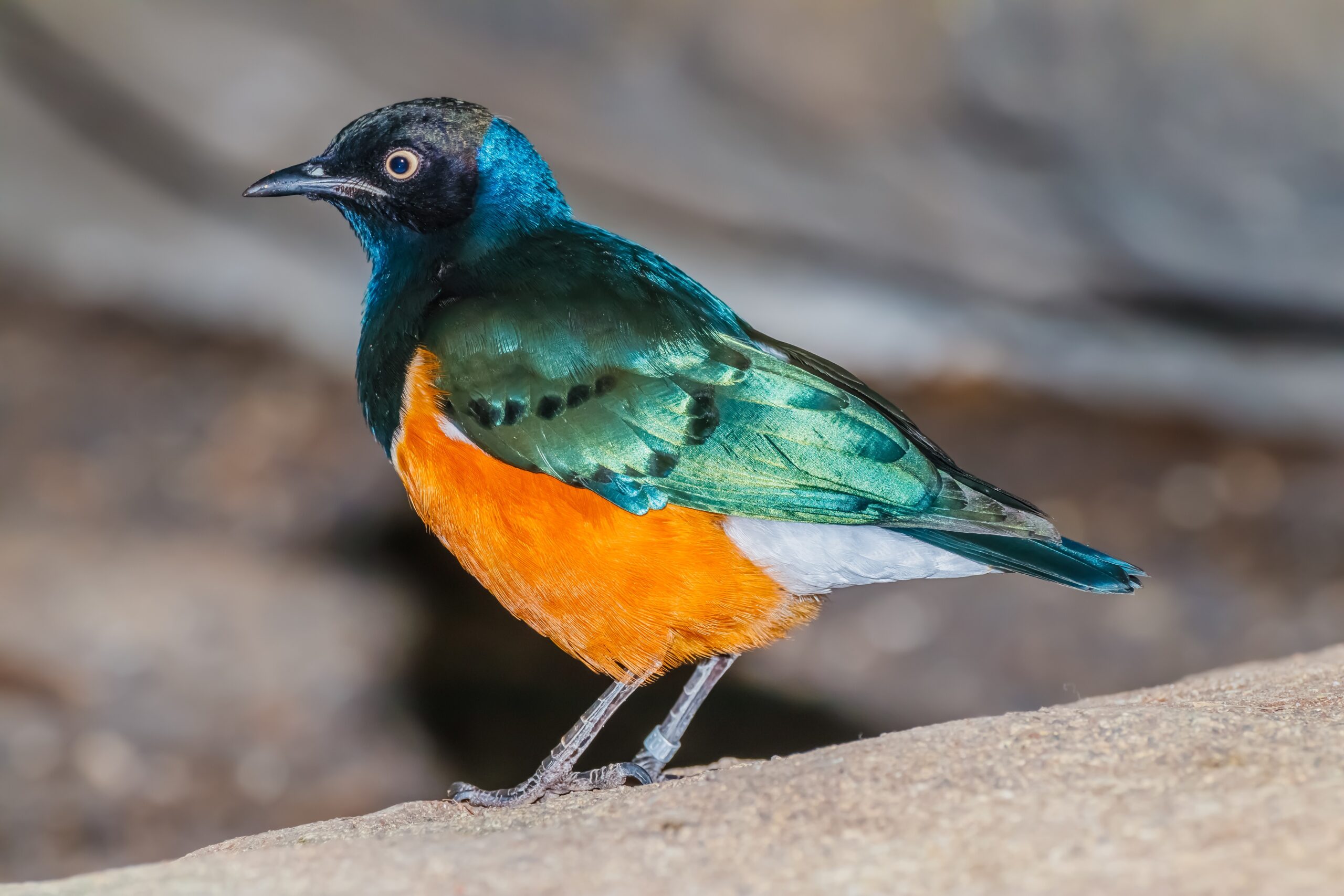
Across East Africa, Superb Starlings gather in dazzling flocks, their feathers gleaming blue, green, and copper. Social and bold, they move as one, shimmering like living jewels against the acacia trees.
The Common Swift’s Endless Journey
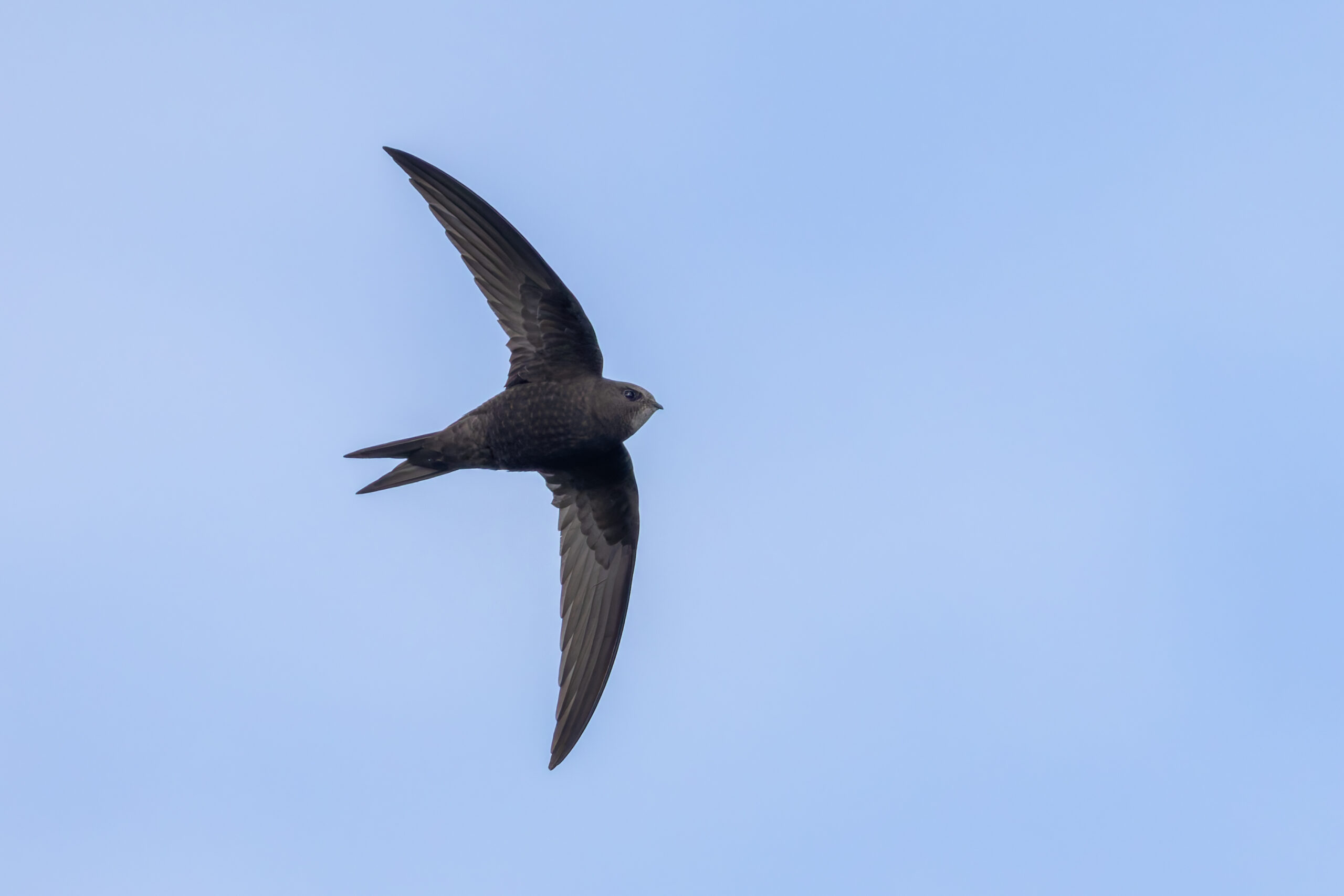
Common Swifts spend most of their lives on the wing, eating, sleeping, and even mating in the air. Their crescent wings cut through European skies each summer, a testament to how evolution has perfected endless flight.
The Philippine Eagle’s Fierce Majesty
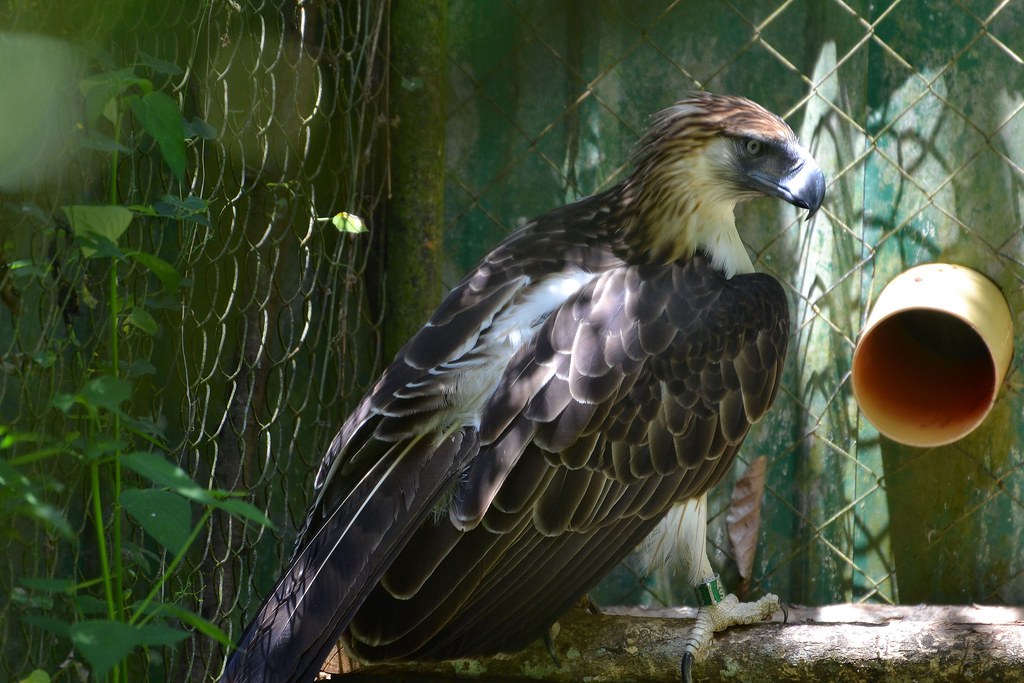
With a regal crest and piercing stare, the Philippine Eagle rules the forests of Luzon. As one of the world’s largest raptors, its survival is a symbol of hope—and a call to protect the habitats that sustain flight’s wonders.
The Crimson Rosella’s Mountain Melody
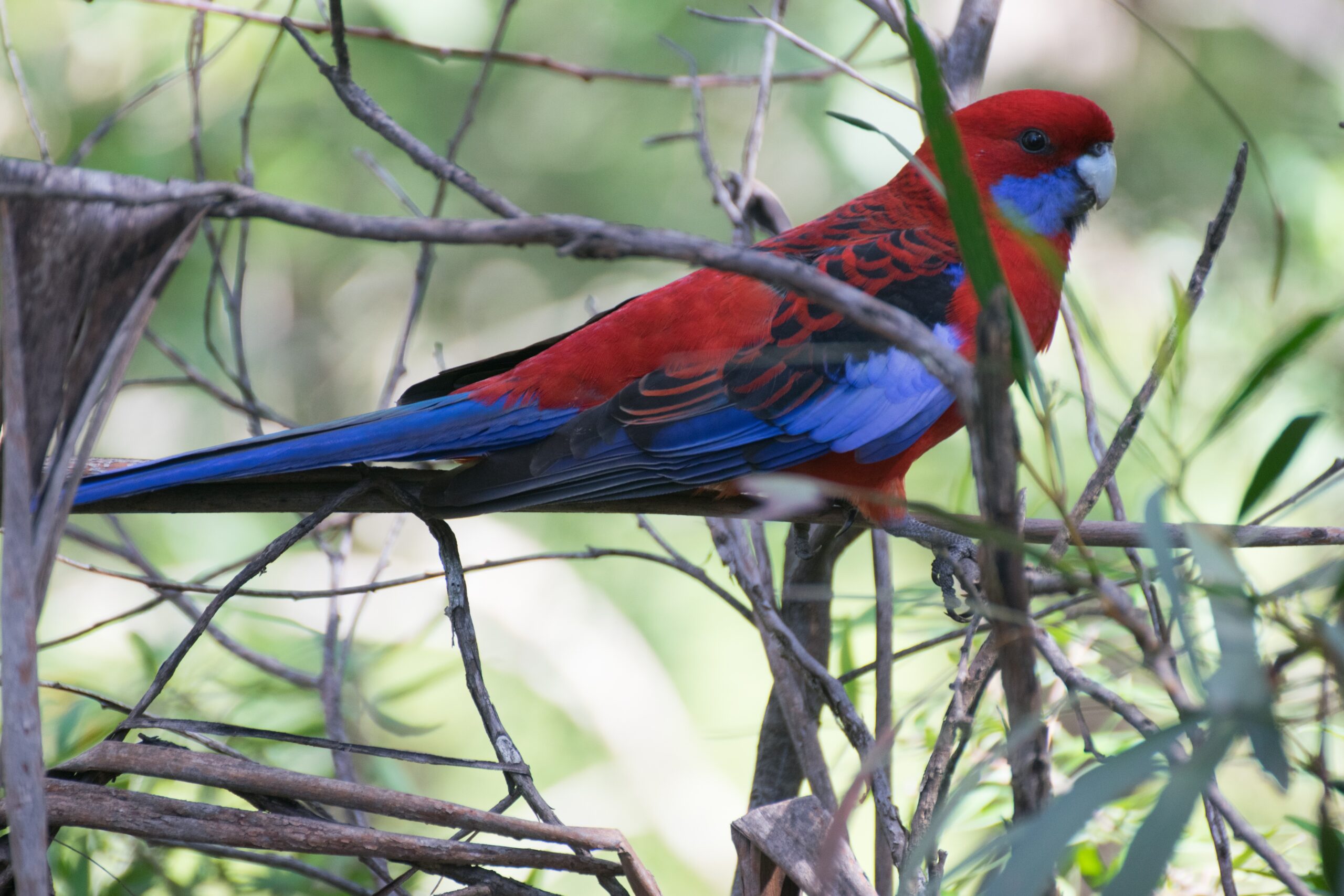
In Australia’s highlands, Crimson Rosellas flash scarlet and blue among eucalyptus groves. Their sweet, whistled calls echo through the mountain air, a colorful reminder that the story of flight is still unfolding, one wingbeat at a time.
